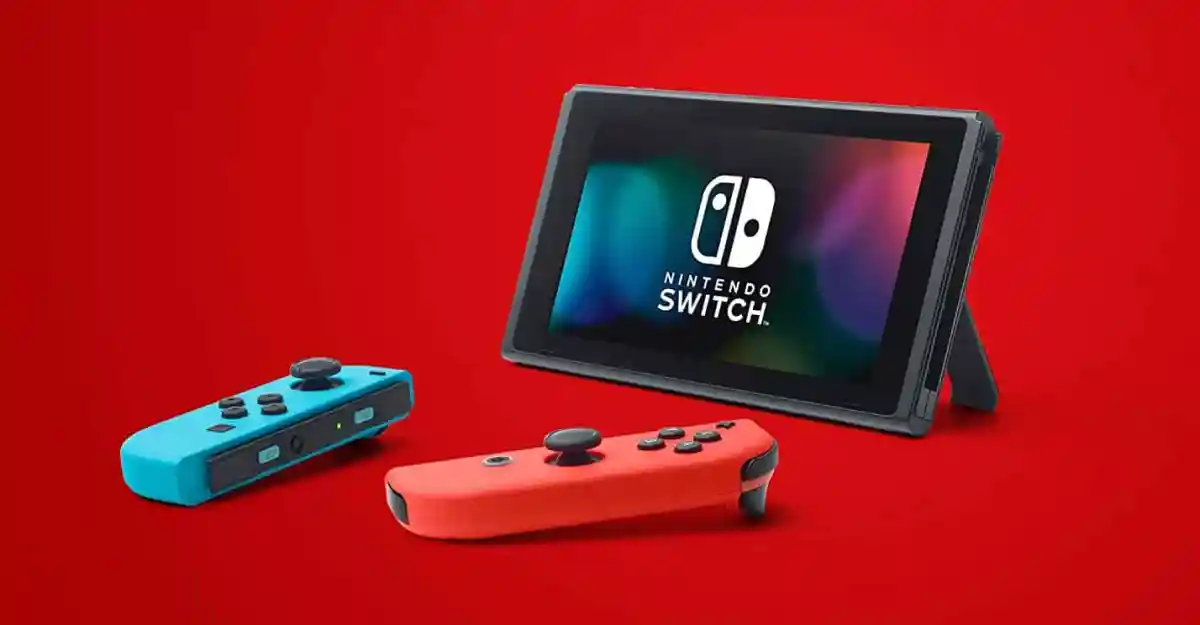Could Japan’s rocket, controlled by two laptops and a “DIY spacesuit” pave the way for low cost space programs?
With an average annual budget of $15.8 billion, NASA is a recurring black hole in American expenditure. Governments can plunge hundreds of millions of dollars into their space programs for the purposes of placing satellites in orbit, resupplying the International Space Station and continuing endeavors of scientific research beyond Earth’s atmosphere. But, with the simplified launch of a Japanese rocket and the testing of the Danish “DIY spacesuit,” has the time of low budget space exploration arrived?
The Epsilon rocket blasted off from the Japan Aerospace Exploration Agency’s Uchinoura Space Center on Saturday. The launch was handled by no more than eight people with two laptops. The big red button was pressed by Japan’s Prime Minister, Shinzo Abe, who said that the rocket demonstrated Japan’s expertise in “highly reliable” space technology. The rocket itself still cost 3.8bn yen ($38.4m) which sounds like a pretty steep price tag. However, new faster assembly procedures and an on board computer system that performs its own checks means Epsilon is half the price of the old H2-A rocket. These advancements lead to significantly reduced staff requirements, down from the team of 150 required to launch its predecessor. The Epsilon rocket was designed to launch satellites and has just carried the SPRINT-A up into orbit, which will now voyage to observe Venus, Mars and Jupiter in ultraviolet wavelengths.
This new venture into cost cutting space travel comes as the Danish non-profit Copenhagen Suborbitals has revealed its “DIY Spacesuit” made from components found at local DIY stores. Compared to NASA’s $11.9m equivalent, the suit is expected to cost considerably less. It is constructed from cork-tiles serving as heat shields and basic household plumbing for air and water supplies, amongst other odds and ends. The team’s approach to testing procedure was also innovative and similarly low budget in aspiration. A low-pressure environment was recreated using medical technology borrowed from a local hospital. They even rented a theme park ride to test the suits response to g-forces.
“We went to Copenhagen’s Tivoli gardens and tested the g-forces on fairground rides. Turns out the Vertigo ride has exactly the same g-force as our rockets, so we hired it for a day”, said Kristian von Bengston, an ex-NASA scientist.
Japan has proven that launching objects into orbit can cost less from every angle. Going beyond NASA’s low cost ambitions of the reusable space shuttle, but lowering the required staff required to oversee mission operations. With the fast paced advances being made in observing the universe, space exploration is only going to become more popular over the coming years. This rise in demand will send prices out of this world, maybe these ideas will inspire new cost cutting ways to bring prices back to Earth.
Source: The Telegraph




